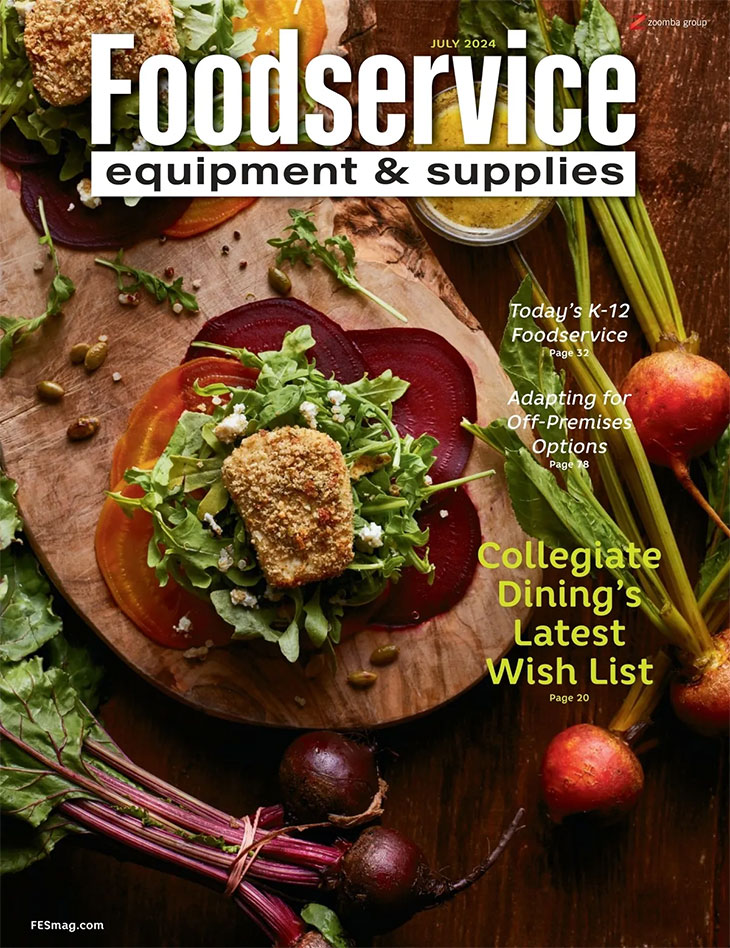Lessons Learned: Use food trucks to bring more diverse food offerings to customers in underserved areas, and stabilize or boost revenue during periods of renovation.
When the Masonic Village at Elizabethtown opened its doors 102 years ago, the facility was a self-sustaining community for the frail and elderly. Over the years, it evolved into a skilled nursing, memory support, personal care and independent living community for seniors. The village now has more than 1,800 residents, 576 skilled nursing and personal care accommodations and 940 retirement living homes.
Undercounter dishwashers are typically geared for smaller operations with low volume. These machines are sized to handle between 21 and 55 racks per hour.
Water filtration systems have improved dramatically over the years, and the range of options for use and types of use have increased, as well.
Undercounter warewashers are one of the most complicated pieces of equipment in the kitchen and should be treated as such.
There's no question the school foodservice landscape has changed dramatically in the last year and continues to do so. In fact, many trends and movements in school foodservice have opened up new, untapped areas for designers and management advisory services consultants, from creating college-level serveries to helping reduce waste through more scratch cooking and other initiatives.
Undercounter warewashers are geared for small to medium volume applications.
Attend most any foodservice industry event and one of the more common concerns is identifying those individuals that will serve as this community's leaders in the years to come. Of course, what people in the foodservice industry may fail to realize is that the next generation of leaders may already have arrived and are waiting their turn in the spotlight.
Because undercounter warewashers incorporate a number of variables, including electricity, water and chemicals, operators need to carefully weigh their options when specifying these units.
With the business environment slowly plodding along, a growing number of foodservice operators continue to repair rather than replace their foodservice equipment. In order for this money-saving step to truly benefit the business, however, foodservice operators should invest in planned maintenance for their equipment.
The Energy Star rating criteria for undercounter warewashers has been recently updated.
Charbroilers are one of the most straightforward pieces of foodservice equipment but servicing them should not be taken lightly.
As the senior care business becomes more competitive, a growing number of providers are investing in their foodservice operations to provide an edge over their peers.
The biggest benefit of rotisseries is that customers can see product cooking, which promotes the theater experience and can increase revenue.
Although 90 years old, Ohio Presbyterian Retirement Services (OPRS), which serves 95,000 people in 38 counties, is a good example of an organization that is redefining its foodservice program for residents seeking more flexible dining options. The state's largest not-for-profit provider of continuing care retirement communities (CCRCs) and services, OPRS is renovating its kitchens by replacing tray lines and outdated service models with a restaurant-style design.
The volume and type of product can impact the service life of a rotisserie.




